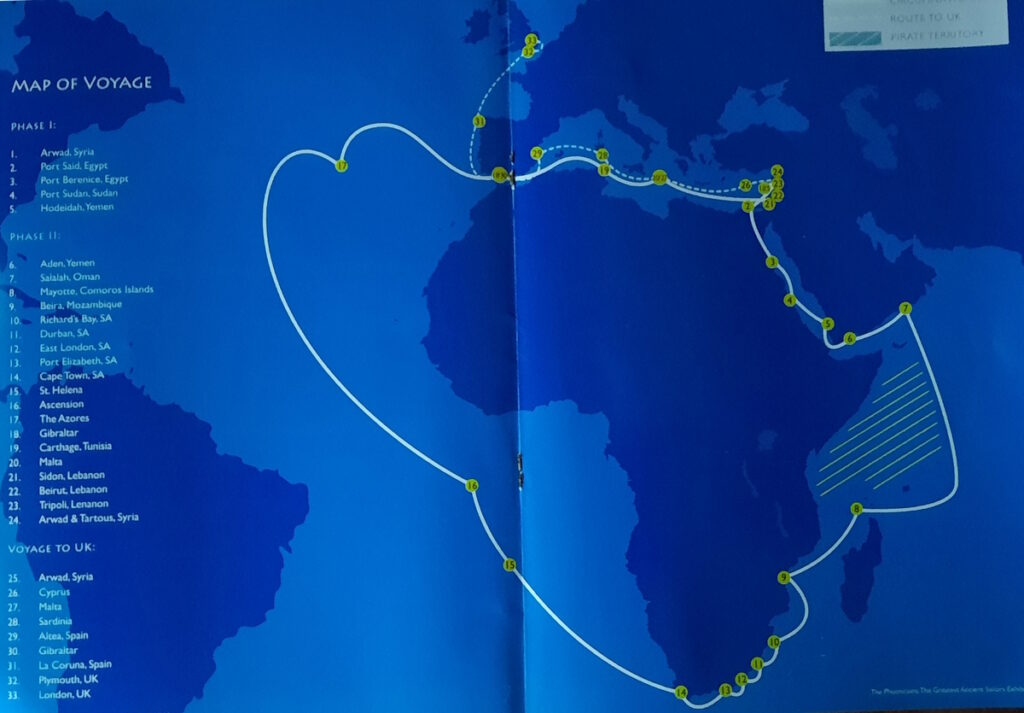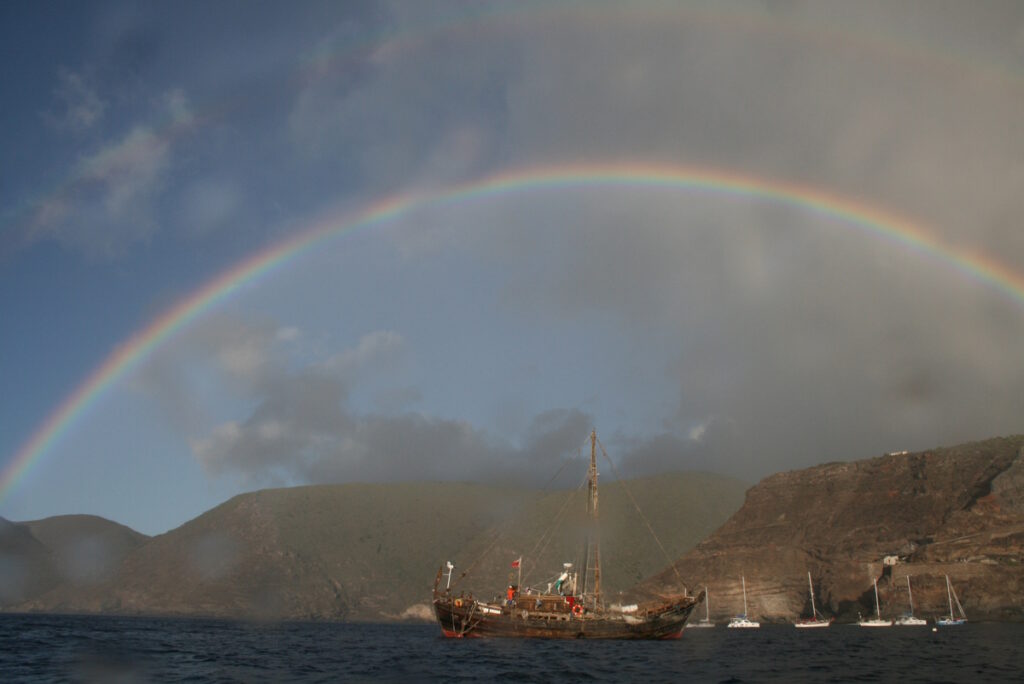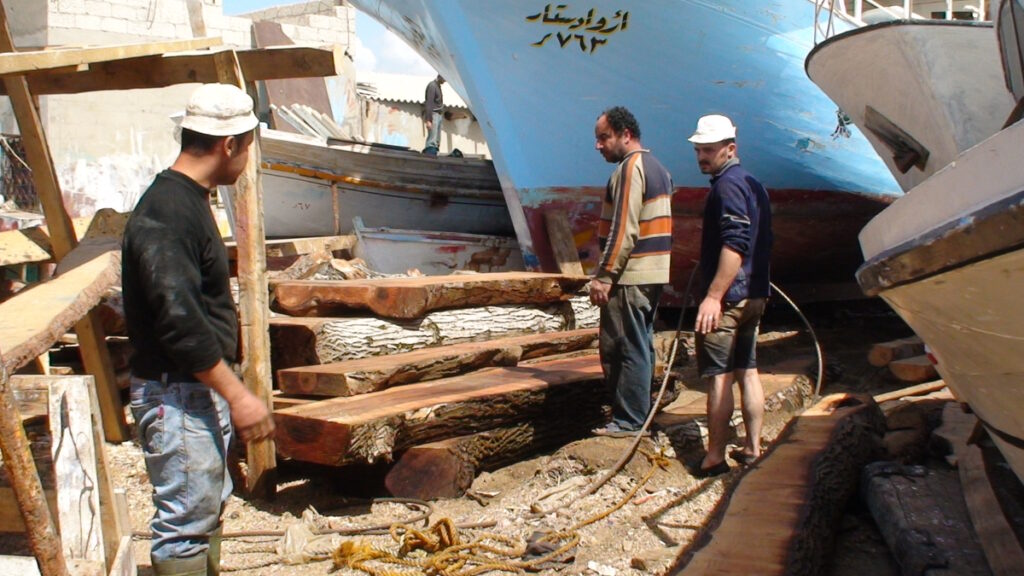
The relevance of the Phoenicians and the Carthaginians to mankind was rediscovered in 2008, when British explorer Philip Beale and a group of international volunteers, built, in the Middle East, a replica of a Phoenician ship from the year 600 B.C.
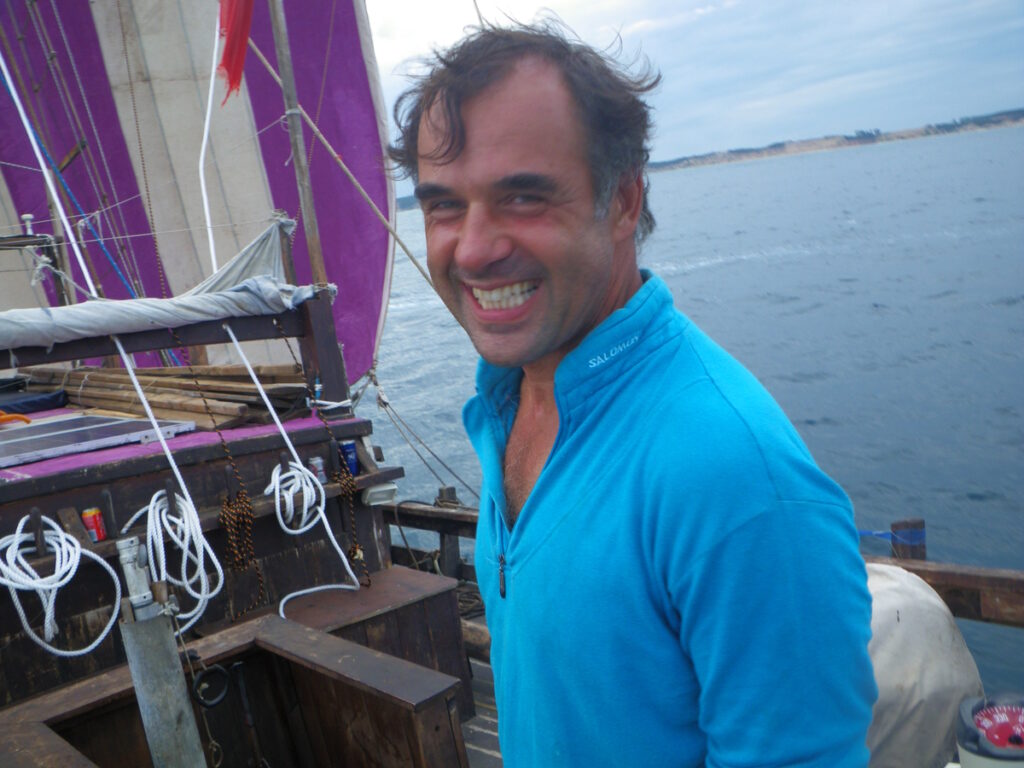
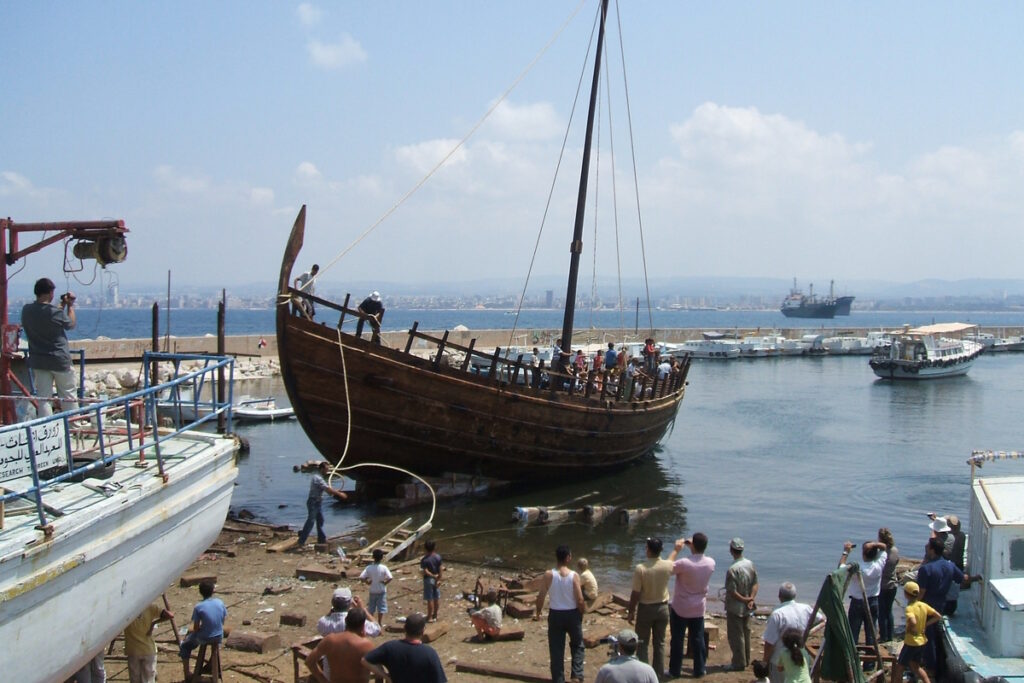
Their plan was to sail around Africa, emulating a legendary expedition described by the Greek Herodotus, the father of history.
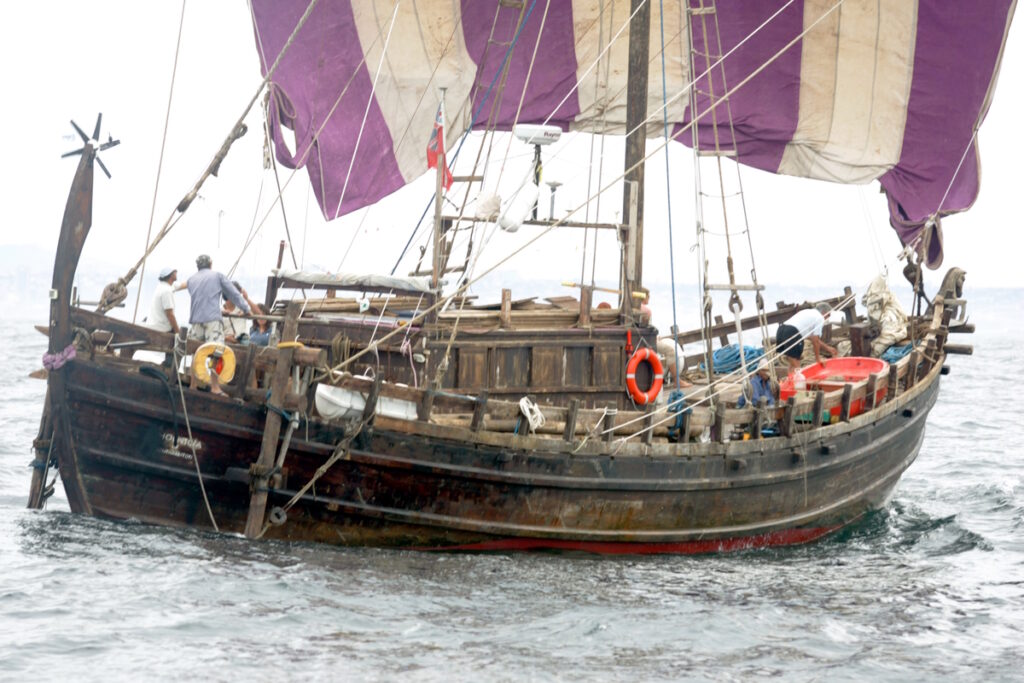
The design for the replica ship came from a shipwreck called Jules Verne 7, which can be seen at the Museé de Marseilles, in France.
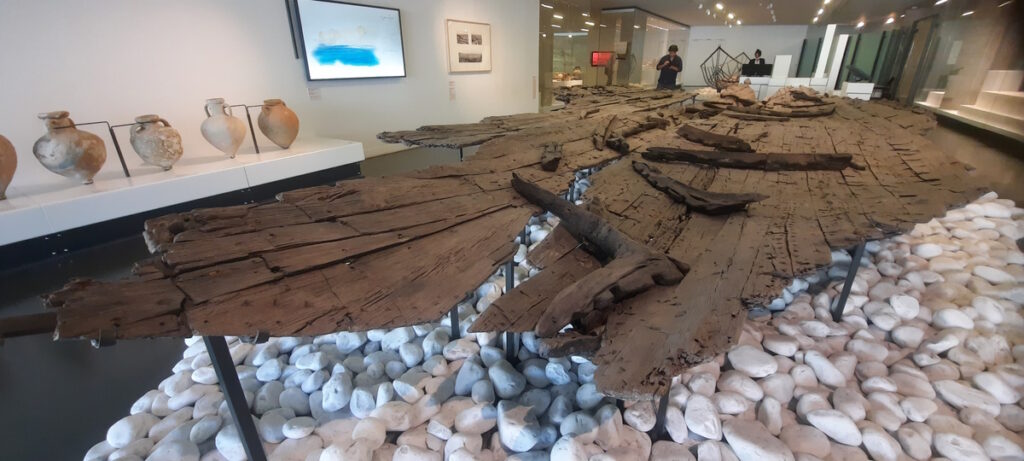
Then, starting from Syria, they sailed around the African continent with a group of volunteers from 15 countries.
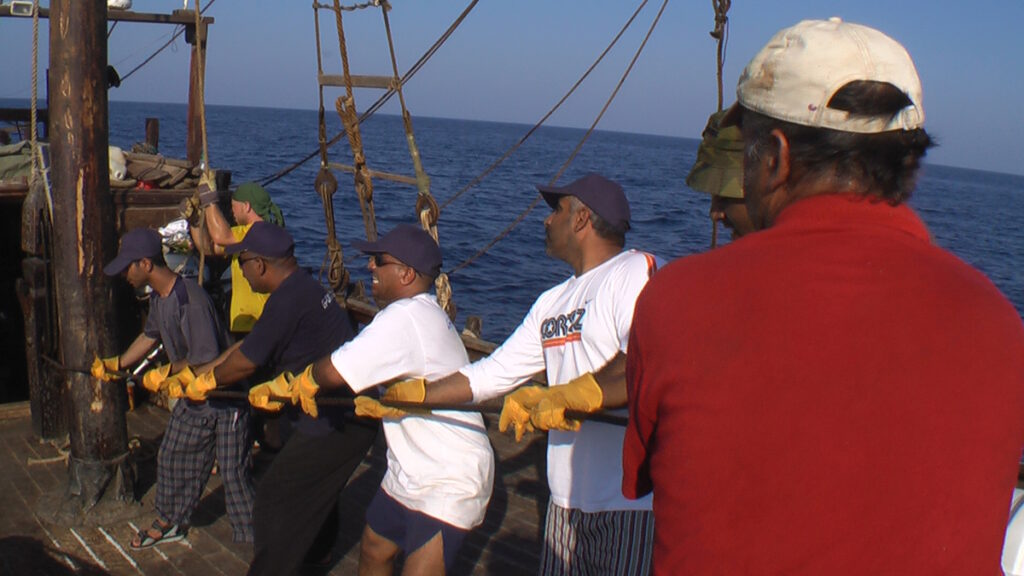
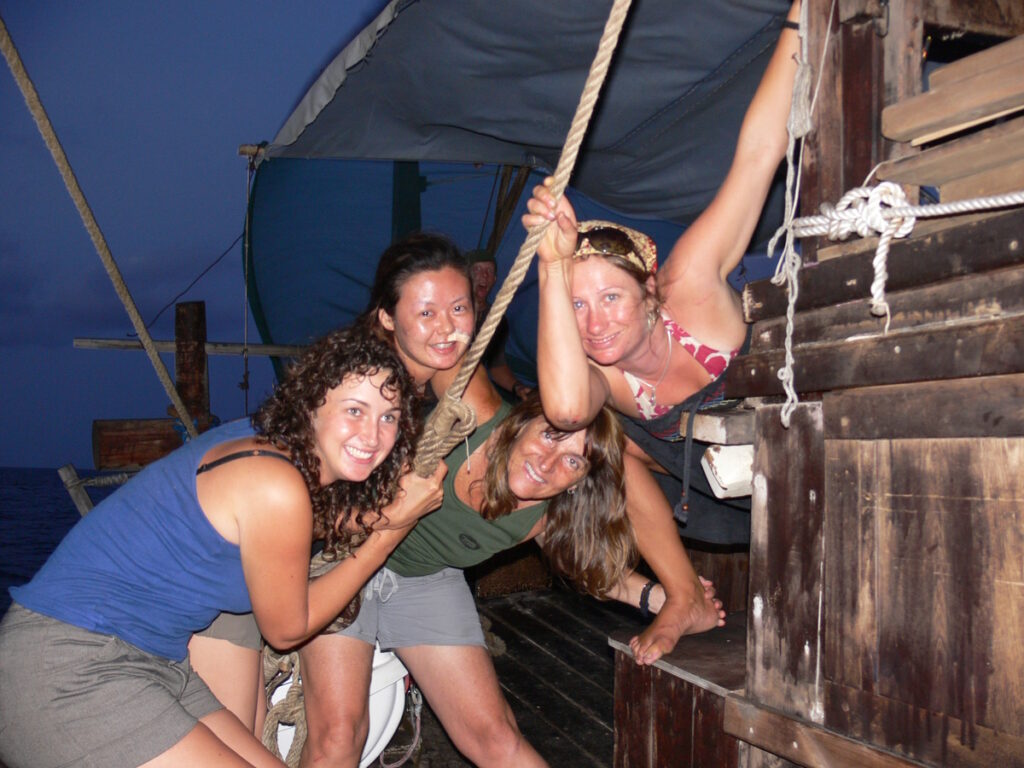
For 2 years they had adventures in Egypt, Sudan, Yemen, Oman, Mayotte, Mozambique, South Africa, Santa Helena, and Ascension Islands, the Azores archipelago, Spain, Gibraltar, Tunisia, Malta, and Lebanon, until they finally returned to the small island of Arwad, in the South of Syria.
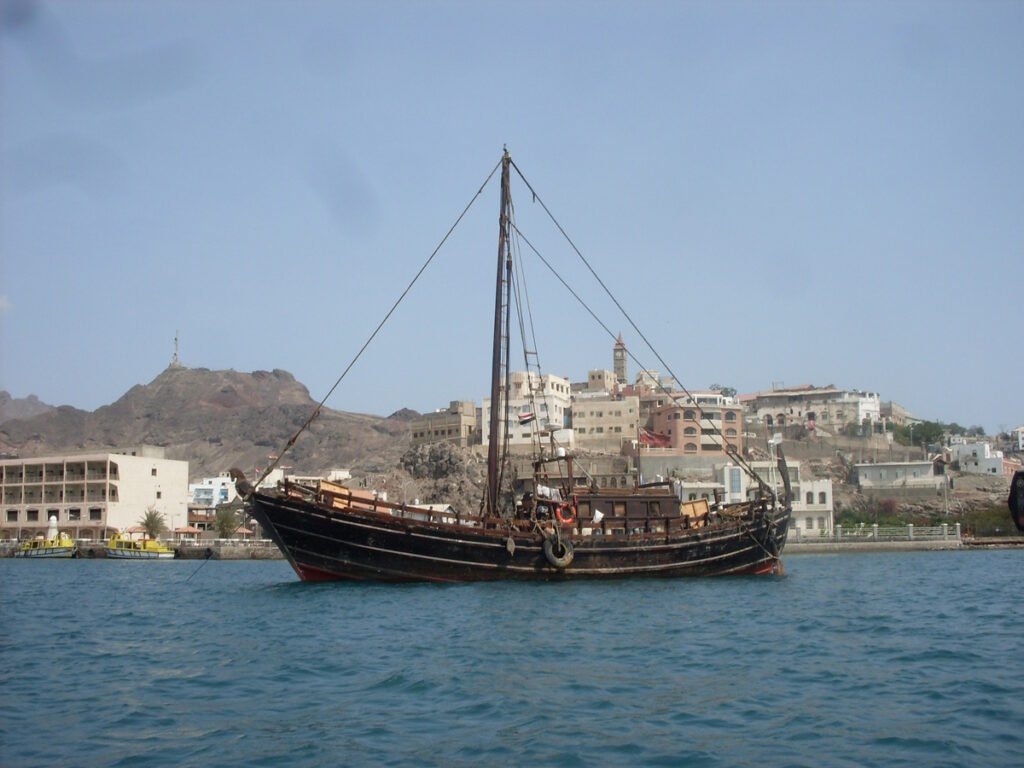
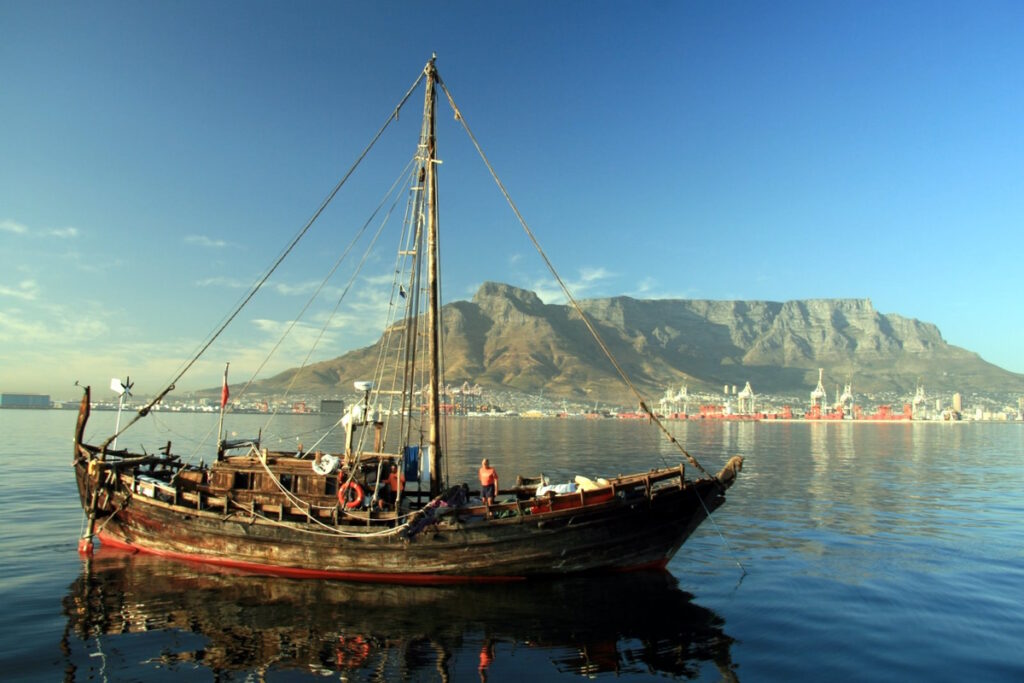
They faced many risky situations, like navigating around Somalia, in pirate-infested waters;
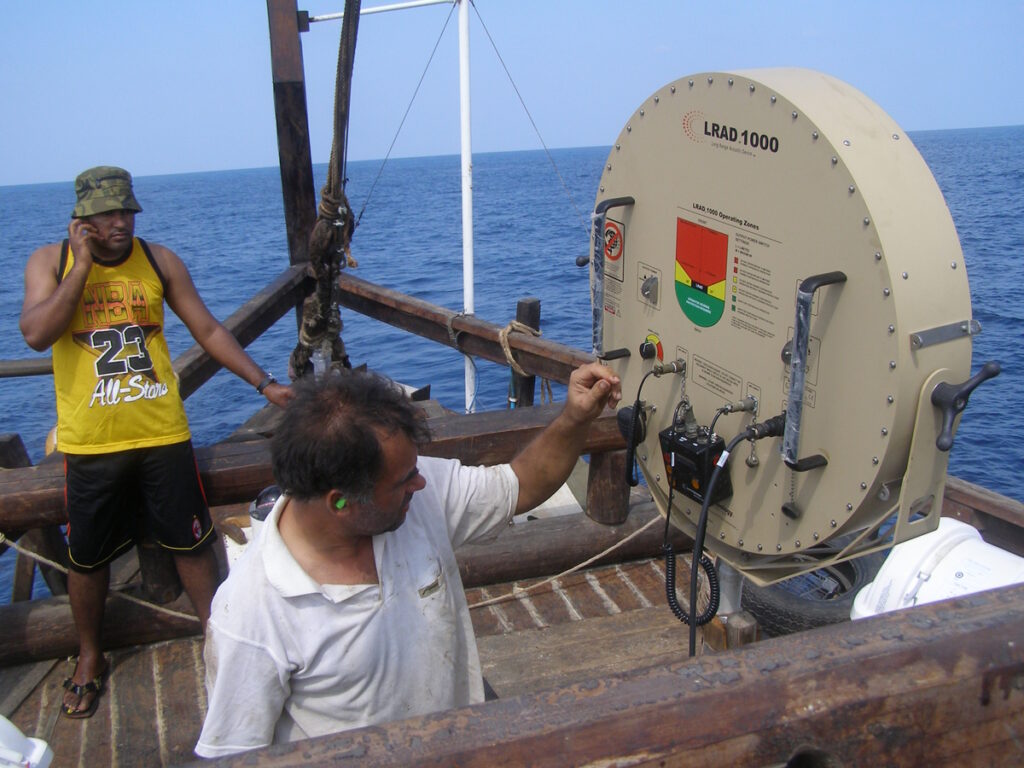
sailing through storms;

enduring periods of becalming in the middle of the oceans,
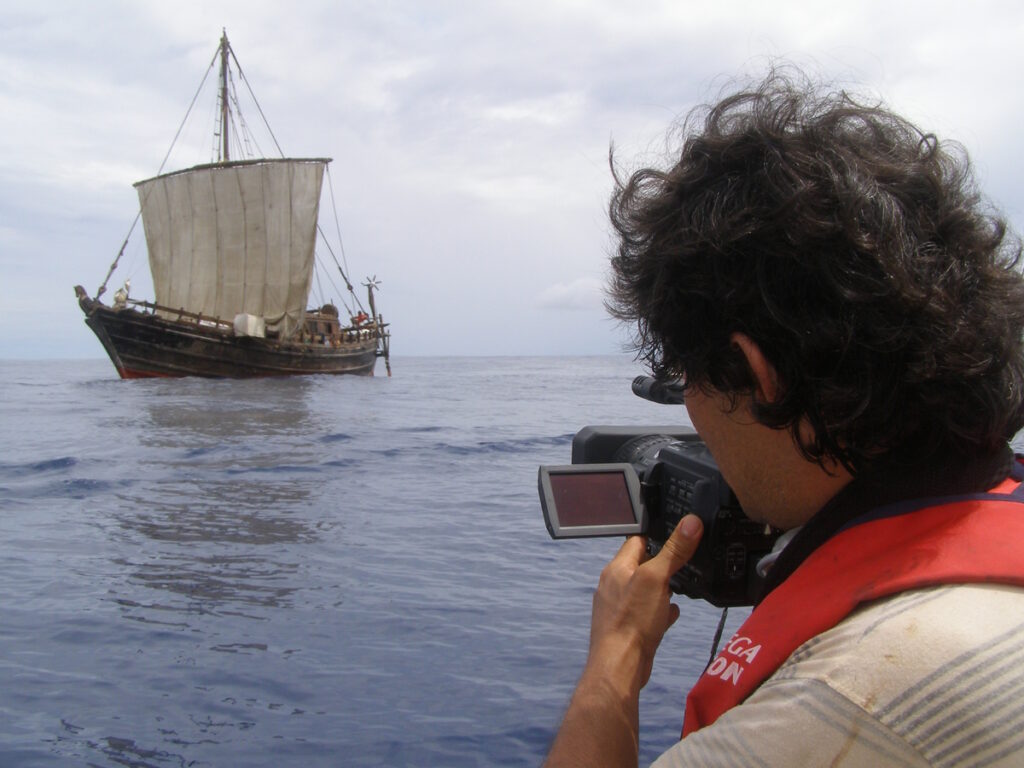
having to ration water and supplies in long passages;
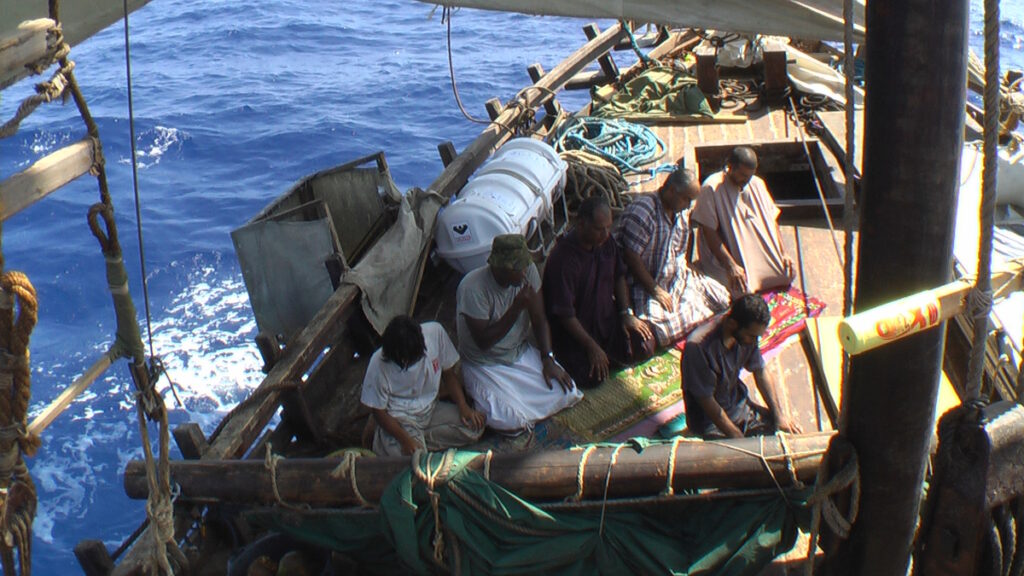
braving the giant waves and strong winds at the Cape of Good Hope;
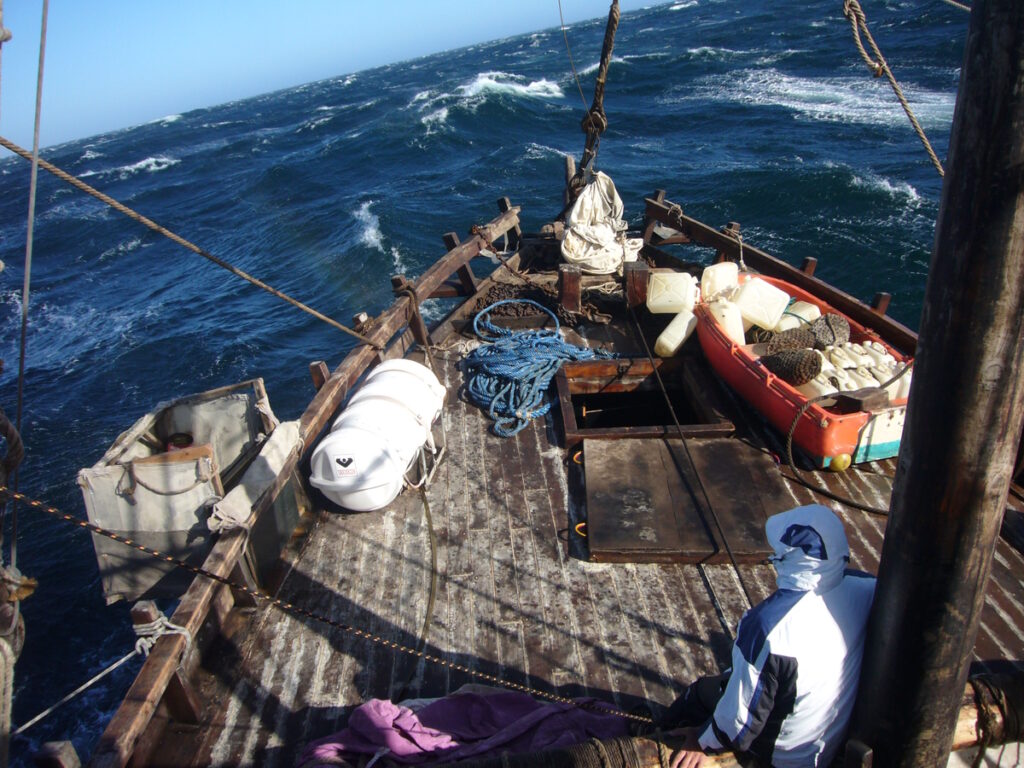
and in many other exciting situations.
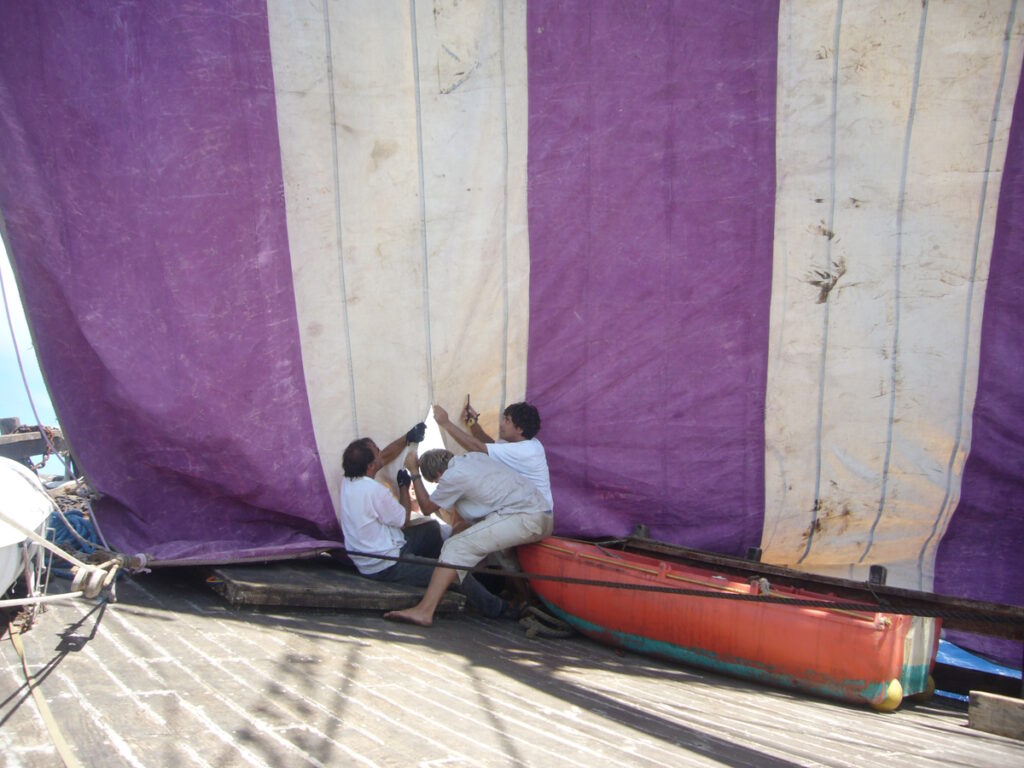
After 2 years, they made it back to Phoenicia’s homeland, Carthage,
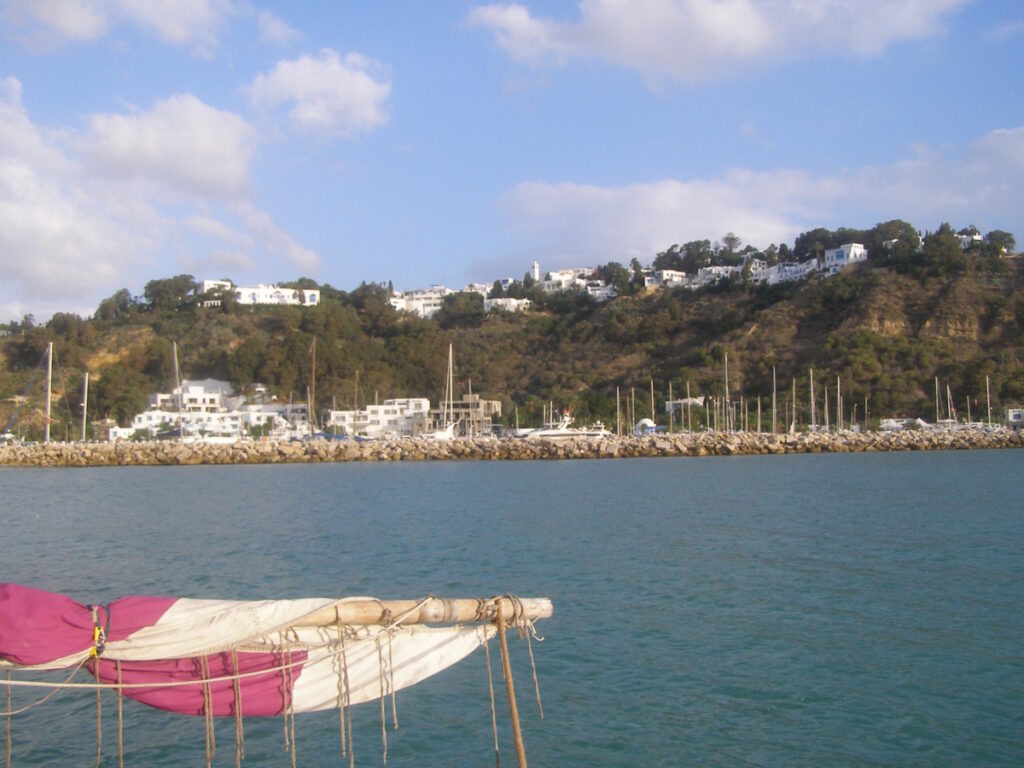
Lebanon,
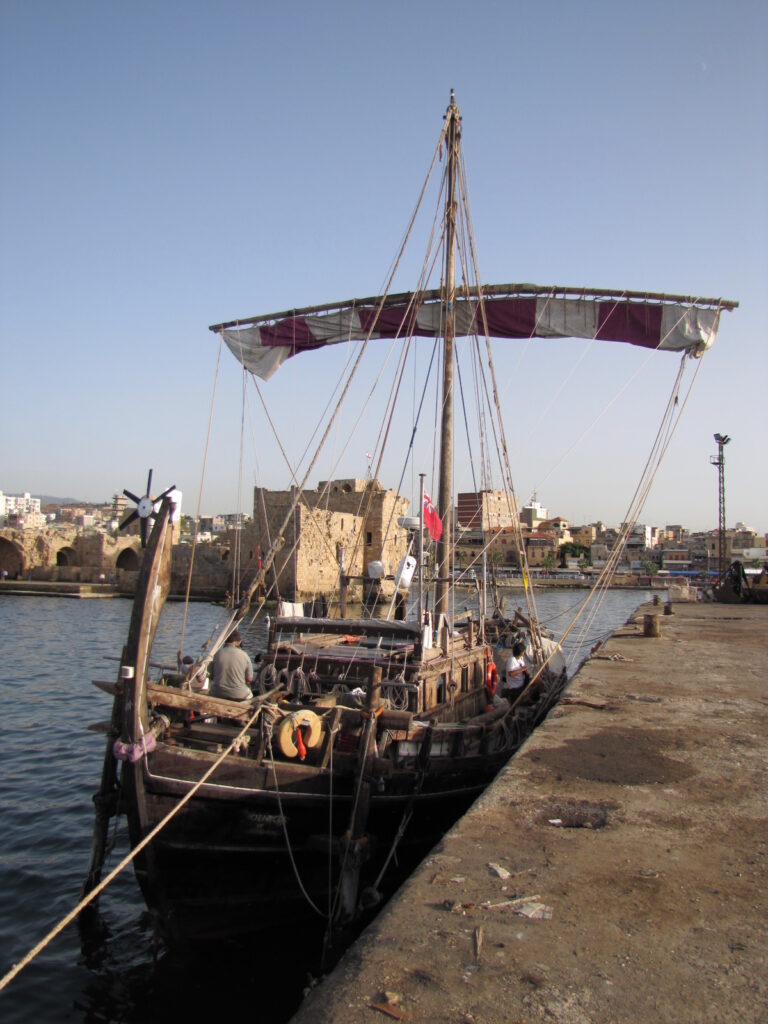
and Syria, receiving a hero’s welcome in every port.

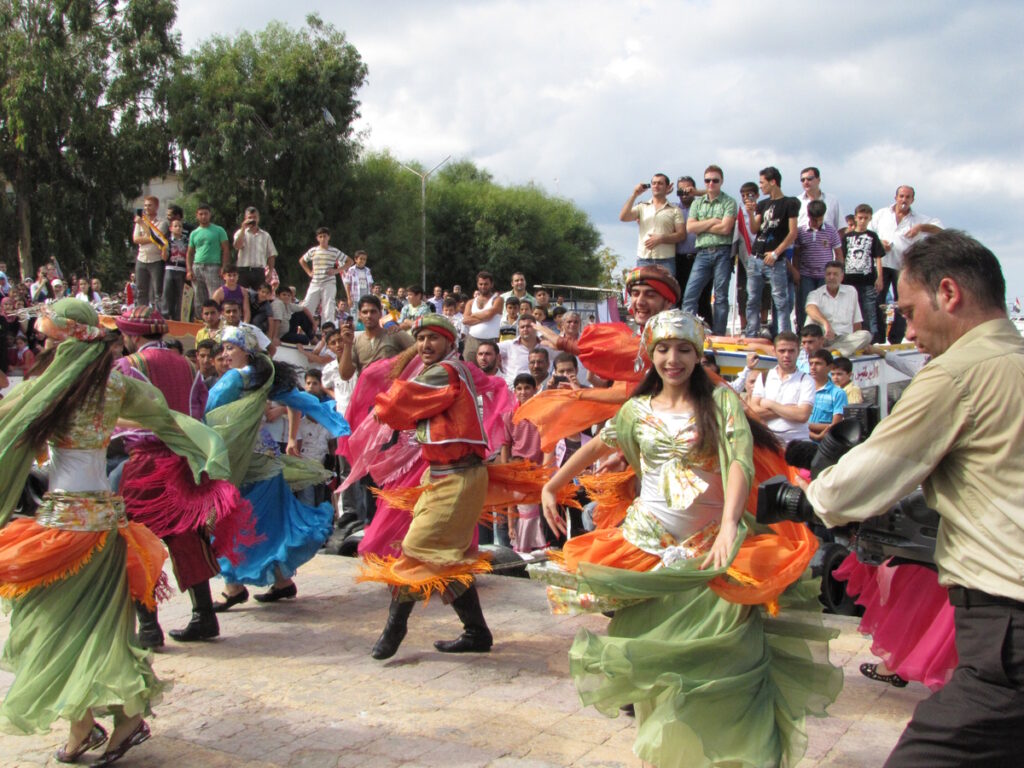
This audacious archaeological experiment, executed from 2008 to 2010, was a huge success, an achievement now recognized in history books.
